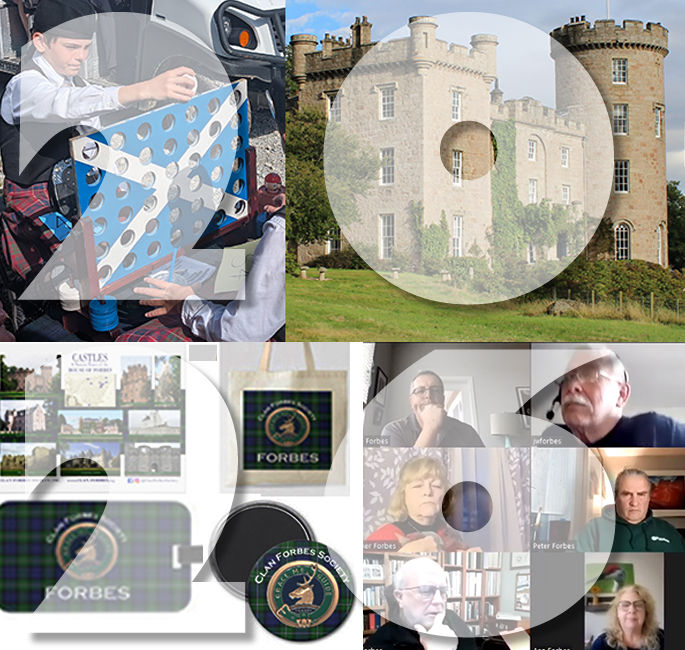New Zealand Prime Minister "Honest George" William Forbes
- Bart Forbes

- Oct 2, 2020
- 3 min read
Updated: Apr 14, 2021

“Honest George” William Forbes (1869 –1947) served as the 22nd Prime Minister of New Zealand from May 1930 to December 1935. He was the son of sailmaker Robert Forbes and Annie Adamson Forbes and was born in Lyttelton. He attended Christchurch Boys' High School in Christchurch and was particularly adept at rowing, and rugby where he captained the Canterbury team. After school, he worked with his father in his ships' chandlery business in Lyttelton. He later became a farmer near Cheviot, north of Christchurch. Although he never attended college, he read widely on British political history and joined a Christchurch debating society. Forbes married Emma Serena Gee at Cheviot in December 1898.
(Bromide Print by Walter Stoneman, British National Portrait Gallery.)
His first brush with politics was in the Cheviot County Council and the Cheviot Settlers' Association. After a failed attempt in 1902, he won the election as a member of the Liberal Party to the House of Representatives for the Hurunui District within the Canterbury Region on the east coast of New Zealand's South Island, north of Christchurch.

By the 1920s, members of the Liberal Party believed an alliance with the Reform Party would counteract the perceived "radicalism" of the Labour Party. They combined forces as the United party in 1927 and Forbes became one of two deputy leaders. In the 1928 election, United formed a government with backing from the Labour Party. Forbes gained the portfolios of Lands and Agriculture. In 1930 Forbes became Prime Minister and appointed himself Minister of Finance and Minister of External Affairs.
Cartoon by Archibald Stuart Peterson: New Zealand Prime Minister, George Forbes (United) carries the household furniture labelled 'sound finance' on his back, and Gordon Coates (Reform) as his wife, carries utensils labelled 'unemployment scheme'. They leave their coalition tent and head towards a more substantial building that represents the coalition government, formed after winning the 1931 election against Labour. 'Party strife' has been thrown into one rubbish bin and 'Party shiboleths' into another.

Forbes held office during the worst period of the Great Depression and yet retained the post for five years. During his tenure, his Hurunui constituents continued to hold Forbes in high regard, not the least because the Prime Minister would often help load sheep from his farm on the railway wagons for market. As one newspaper reported: “Whatever the faults and shortcomings the Rt. Hon. Forbes may have, his worst political foe cannot justly charge him with a lack of either frankness or courage. Indeed, Mr. Forbes is living right up to the name of ‘Honest George,’ by which he has been known in Canterbury during his long political career.” (“Government Economies,” The Guardian, Tuesday, February 17, 1931.)
(Photo: Group portrait of members of the Coalition Cabinet of 1931. In the front row are (L-R): Ethelbert Ransom, Gordon Coates, George William Forbes, William Downie Stewart (Sr.), Apirana Ngata and James Alexander Young. In the back row are (L-R): David Jones, John Cobbe, Adam Hamilton and Robert Masters.)
The Labour Party withdrew its support of the United Party due to Forbes’s economic measures of reducing the government deficit, proposing 10 percent wage cuts, and providing public assistance only to men who labored on public works. In 1935, the Labour Party defeated the coalition government and ended Forbes term as Prime Minister. In 1936, Forbes temporarily headed the United–Reform coalition Government that eventually became the modern National Party. In October 1936, Forbes decided to withdraw from the position when younger politicians considered his tenure as a liability.

In 1935, Forbes was awarded the King George V Silver Jubilee Medal and in 1937, he was awarded the King George VI Coronation Medal. Forbes retained his parliamentary seat until 1943, when he retired after 35 years as a Member of Parliament. He declined the offer of the customary knighthood. On May 17, 1947, he died at Crystal Brook, his farm near Cheviot, and was survived by his wife, Emma, and three children: Bertha Winifred Forbes, Robert George Forbes and Jessie Forbes. He is buried at the Homeview Cemetery in Cheviot, Hurunui District, Canterbury, New Zealand.

The George Forbes Memorial Library was established at Lincoln University near Christchurch in Canterbury, New Zealand. The collection of over 247,000 volumes supports the teaching, learning and research directions of the University.




Comments